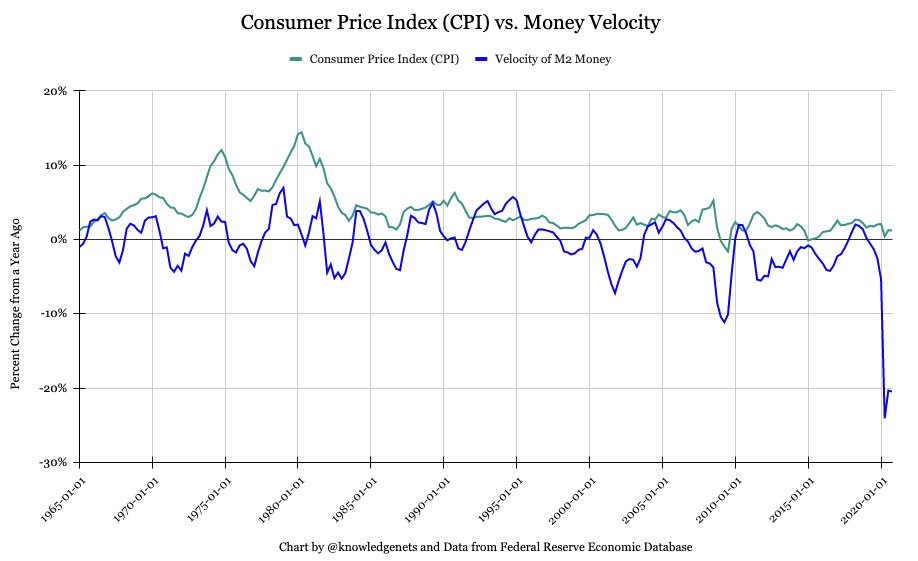
Earlier today, @JonahLupton hosted an informational webinar titled “Everything about SPACs”. Great summary with lots of educational knowledge about SPACs. 👏 👏 👏
#spacs #Markets #investing
Here are the highlights below:
#spacs #Markets #investing
Here are the highlights below:
1) The webinar discussed SPACs, PIPEs, SPAC sponsors, warrants, and examples of SPACs. The webinar also discussed the SPAC process, de-SPAC process, and the redemption feature.
(Past performance is not indicative of future returns, and risks are present in SPAC investing.)
(Past performance is not indicative of future returns, and risks are present in SPAC investing.)
2) Most PIPE investments get completed at $10 per share.
Many SPAC warrants have a 5-year expiration timeline with a $11.50 strike price. SPAC warrants provide leveraged exposure to the target private company that is being taken public via a SPAC.
Many SPAC warrants have a 5-year expiration timeline with a $11.50 strike price. SPAC warrants provide leveraged exposure to the target private company that is being taken public via a SPAC.
3) Although many SPAC sponsors typically target a 20% "promote", there is increasing competition & negotiation about the SPAC ”promote” due to both the large number of SPAC launches and a limited supply of high-quality, high-growth private companies at reasonable valuations.
4) Currently, there is lots of media coverage and retail interest in SPACs.
Guidance from the webinar: Read the corporate filings, understand investment risks and your own risk tolerance, try to pick the winners, and be cautious of over-hyped SPACs.
Guidance from the webinar: Read the corporate filings, understand investment risks and your own risk tolerance, try to pick the winners, and be cautious of over-hyped SPACs.
5) Prospective targets of SPAC sponsors include the following:
1. Private companies with “unicorn status” (valuation greater than $1B) in America
2. Private international companies
3. Corporate carve-outs & spin-offs
Currently, there are over 500 private unicorn companies.
1. Private companies with “unicorn status” (valuation greater than $1B) in America
2. Private international companies
3. Corporate carve-outs & spin-offs
Currently, there are over 500 private unicorn companies.
6) SPACs can provide attractive risk-reward profiles for many SPAC investors. In the webinar, the speakers characterized this risk-reward tradeoff as “bond-like downside volatility with equity-like upside appreciation potential” for specific SPACs prior to deal announcement.
I hope everyone enjoyed this thread of thoughts! 😃
Thank you @JonahLupton for hosting the webinar.
Thank you @JonahLupton for hosting the webinar.
• • •
Missing some Tweet in this thread? You can try to
force a refresh



